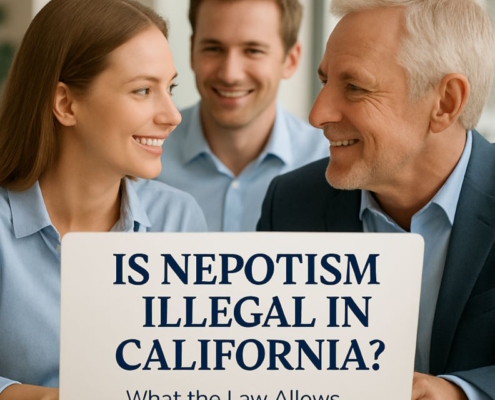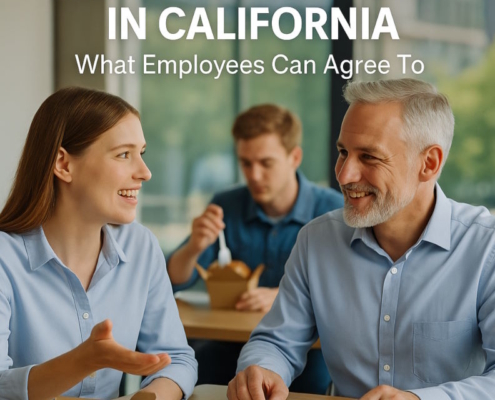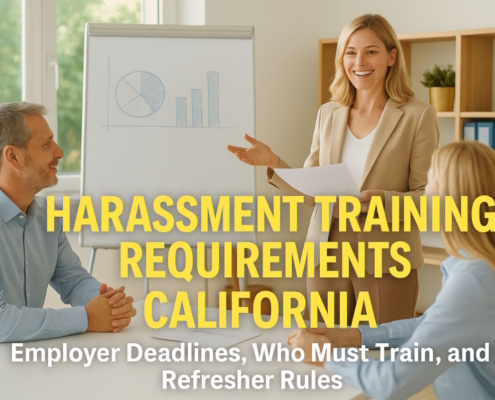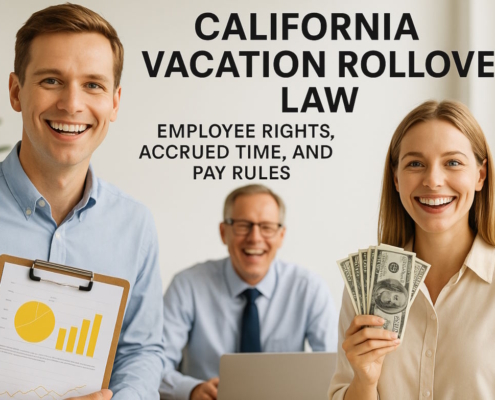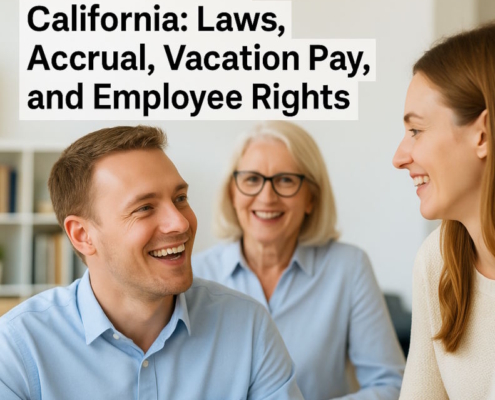Hostile Work Environment
A hostile work environment occurs when the harassment is so severe and pervasive that it causes an employee emotion distress, and negatively affect the worker’s job performance. The behavior must be objectively abusive and not merely offensive.
Author: Douglas Wade, Attorney
Email | Call (800) 484-4610
While social slights, petty annoyances, and isolated events—even cruel or antagonistic events—are wrong, they do not alone create a hostile work environment. A workplace discrimination is motivated by or based on an individual’s protected characteristics in California. Bullying is wrong, and a supervisor may punish it, but it is not illegal based on anti-discrimination provisions. However, when employers create a hostile work environment based on the protected characteristics of race, origin, gender, sex, religion, disability, color, genetics, or age, the workplace and those perpetuating the behavior violate the law.
In this article, our employment attorney discusses hostile work environment as follows:
Who Creates a Hostile Work Environment?
Any individual associated with the office can create a hostile work environment.
When one of the following individuals harasses an employee or uses discriminating language, a legal claim may result
- A supervisor
- A manager
- A coworker or peer
- An executive
- A regular office visitor
- The agent of an employer
- A contract worker
It can be challenging to determine what actions can make employers liable. Typically, the business is liable for the actions of:
- All of its employees
- All agents representing their employees
Not all employers, however, assume responsibility for their employees when the employee creates a hostile work environmenbt. Therefore, when employers do not protect their employees from hostile work environments, the aggrieved employee should contact an experienced employment attorney at once.
How Can Individuals Find Evidence for a Hostile Work Environment Claim?
When someone at the office or workplace engages in demeaning actions or language that creates a hostile environment, the first thing to do is to tell them to halt their behavior.
When an employee suffers this hostile behavior or witnesses it, they should immediately record it. Specifically, the worker should write down the following:
- The precise time when the incident occurred
- The location of the incident
- Whether anyone else was present or witnessed it
- What happened, i.e., what the employee witnessed or suffered through
The most important thing an employee can do in this situation is to gather evidence and document the offensive actions or language.
If a witness is involved, the employee should speak to those who saw the harassment. They should ask the witness if they saw what happened and if they noticed that the harassed employee asked the offender to stop.
Next, the employer should tell their manager or supervisor what happened. While instances of a hostile work environment can be difficult to discuss, the employer must know to hold the person accountable. Additionally, employers must realize that the workplace they are in charge of is hostile.
When workers suffer discrimination or harassment, they should understand that this is a serious offense and that they should not have to deal with it. If they are unsure who to contact, the correct information should be in the employee handbook. They might also find it helpful to contact human resources about the hostile work environment.
The key is for the employee to document the offensive behavior as completely as they can so that they can take legal action. They should assume that the hostile person may deny their language or behavior and therefore understand that proof and witnesses will be of significant benefit in pressing charges.
The employer should respond straight away. If, for example, an employee complains about harassment and discrimination and the company does nothing to stop it or prevent future occurrences, then the company can be held legally liable.
When employees are victimized, they should communicate with other parties through email or traditional writing, as this will leave a “paper trail” and be helpful to their attorney, should they retain one. They should also document phone conversations and other communications with a summary and by marking the time and date.
Is a Hostile Work Environment Illegal in California?
It is illegal for employers to create a hostile work environment for workers in California. However, it can be difficult to define exactly what factors make a work environment offensive to certain workers. Sometimes, there is a certain amount of subjectivity to factor into the question since all employees are different. However, certain factors make certain work environments hostile.
Often, workers in California feel anxious or fearful as they try to figure out two things:
- Whether they are trapped in a hostile working environment
- What should they do to deal with the hostile environment
Hostile work environments vary drastically, and many California employees struggle to identify whether their work environment is physically or emotionally dangerous.
Many people create intimidating and unfriendly work environments, from supervisors to managers to coworkers. Even customers can contribute to a hostile work environment if they exude negative behavior.
This article will cover examples of workplace behavior that creates a hostile environment for California employees. By examining specific examples of workplace hostility and defining terms, we hope to make it easier for individuals to identify aggressive or unfriendly behavior and understand what they can do to remedy it.
What is the Remedy for a Hostile Work Environment?
When an employee finds their work environment hostile, they should begin to document examples of harassment and discrimination, but they should also contact an experienced employment attorney.
A skilled lawyer will review the case details and then provide legal options.
One option for California employees who suffer discrimination is to file a claim with the Equal Employment Opportunity Commission (EEOC). Employees have 180 days from the day the discriminatory act occurred to file a claim.
The EEOC investigates the claim and may provide a Right to Sue Letter. After this, the employee has 90 days to pursue legal action in state or federal court.
In some cases, employees do not need a Right to Sue Letter from the EEOC (also called a Notice of Right to Sue). In some instances, workers can file a discrimination lawsuit following the complaint and within 60 days.
However, a Right to Sue Letter is necessary for Title VII Lawsuits.
Typically, when the worker consults with their lawyer, the lawyer helps them file a complaint with the EEOC and provides their opinion regarding whether they should sue their employer or take a different tack.
Learn more about: Business | Corporate | Employment
See all articles: Business | Corporate | Employment





